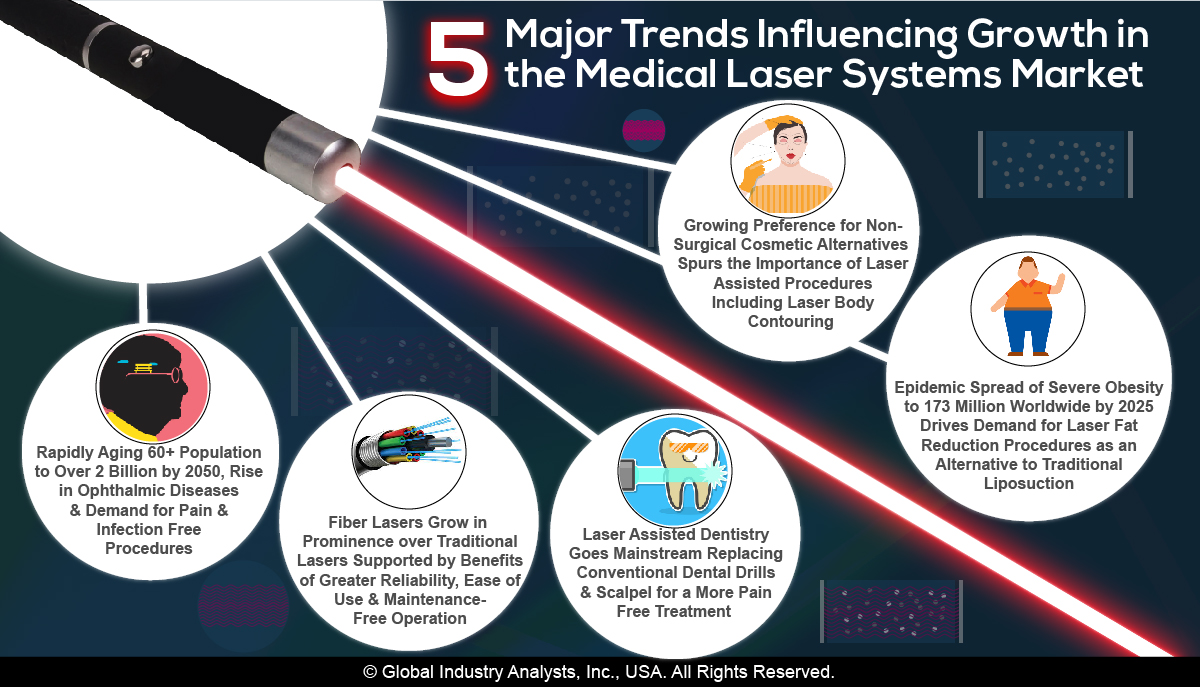Refractive Lens Exchange Explained: What Your Optometrist Isn't Telling You
Refractive Lens Exchange Explained: What Your Optometrist Isn't Telling You
Blog Article
Author-Macdonald Wollesen
Have you ever thought about Refractive Lens Exchange (RLE) as a choice for vision improvement? While it isn't as extensively reviewed as LASIK, RLE could be a game-changer for your vision. Many individuals neglect its advantages, thinking traditional approaches are their only selection. But what are the genuine advantages, and what might your eye doctor not be informing you concerning this treatment? Let's explore the ins and outs of RLE together.
Recognizing Refractive Lens Exchange: The Basics
Refractive lens exchange (RLE) is a procedure that can considerably boost your vision, specifically if you're managing presbyopia or severe refractive mistakes.
During RLE, your eye specialist removes your eye's natural lens and replaces it with a synthetic one customized to your vision needs. This treatment can deal with nearsightedness, farsightedness, and astigmatism, providing you clearer vision without relying upon glasses or get in touch with lenses.
The surgical treatment is normally fast, taking less than an hour, and many individuals experience marginal pain. Recovery is fairly quickly, enabling you to go back to your daily activities quickly after.
If you're considering RLE, talking to your ophthalmologist can aid you determine if it's the right choice for you.
Trick Differences Between RLE and Conventional Cataract Surgical Treatment
While both refractive lens exchange (RLE) and conventional cataract surgical procedure involve replacing the eye's natural lens, their main goals and client profiles differ dramatically.
RLE is focused on people looking for to reduce their reliance on glasses or contact lenses because of refractive mistakes, typically before cataracts create. On the other hand, conventional cataract surgical treatment generally targets people who've created cataracts, which cloud the lens and hinder vision.
The lenses utilized in RLE can provide a broader range of vision modification, while basic cataract surgical treatment generally involves standard monofocal lenses.
Furthermore, RLE prospects are typically younger and in good total health, whereas cataract individuals might be older and have various other health and wellness issues.
Choosing the right procedure depends on your certain vision requirements and circumstances.
Prospective Advantages and Considerations of RLE
If you're thinking about refractive lens exchange (RLE), you'll locate several prospective advantages that may boost your quality of life.
RLE can give you with more clear vision, minimizing or eliminating the requirement for glasses or get in touch with lenses. It uses an opportunity to attend to presbyopia and other refractive mistakes simultaneously, usually boosting your overall visual acuity.
In addition, RLE can be a great alternative if you're not an ideal prospect for LASIK. However, it is very important to evaluate the considerations, like the expense, prospective risks, and the healing period.
Discussing your details needs with your eye doctor can aid you make an informed choice, guaranteeing you select the very best course for your vision adjustment.
Conclusion
To conclude, refractive lens exchange uses an one-of-a-kind service for vision improvement that surpasses what LASIK can offer. It's essential to weigh the benefits versus potential threats and expenses before making a decision. Don't be reluctant to ask your eye doctor the tough concerns to guarantee you totally recognize the treatment and its effects for your vision. With the appropriate details, you can with confidence select the most effective alternative for your eyes and way of living.
